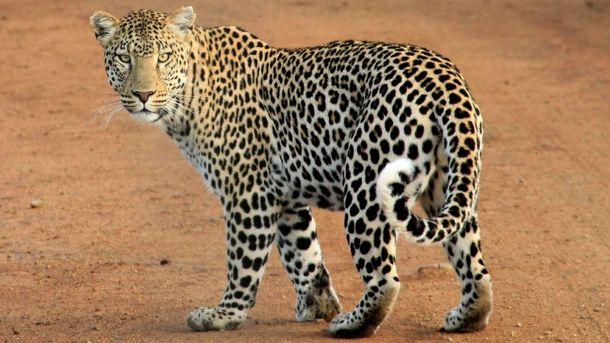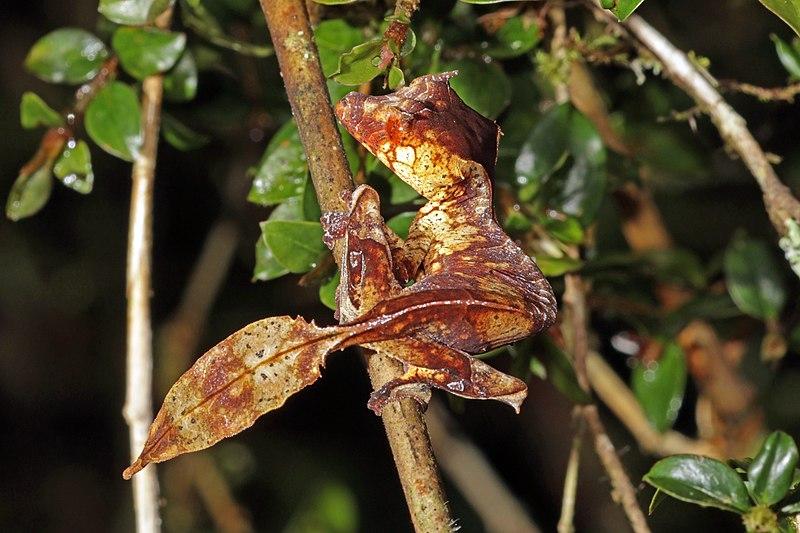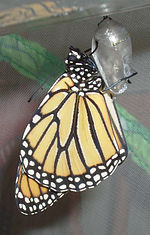How the Brain Stores and Retrieves Memories

by Dellany Onyango, age 9
A memory is a record of information that your brain considers important and saves. Memories can last five seconds or five years. Three parts of the brain help with memory: the amygdala, the cerebral cortex, and the hippocampus.
The hippocampus, located in the cerebral cortex, is the part of the brain that stores memories. An undamaged memory gathers information like the current day or time and retains it for later use. When the brain receives data, it decides which pieces are important. This process involves three steps: encoding, storage, and retrieval.
Encoding is when your brain takes in information from your environment and converts it into a form that can be stored. Then, your brain stores that encoded information for future use, which is called storage. The final part of memory is retrieval, which brings stored information back out of storage in three ways: recall, recognition, and relearning. Recall involves actively remembering something without environmental cues. Recognition occurs when your surroundings trigger your memory. Relearning happens when you remember information faster and more easily the second time you learn it. [Read More]











.jpg)


_-_48153967707.jpg)








 (1).jpg)



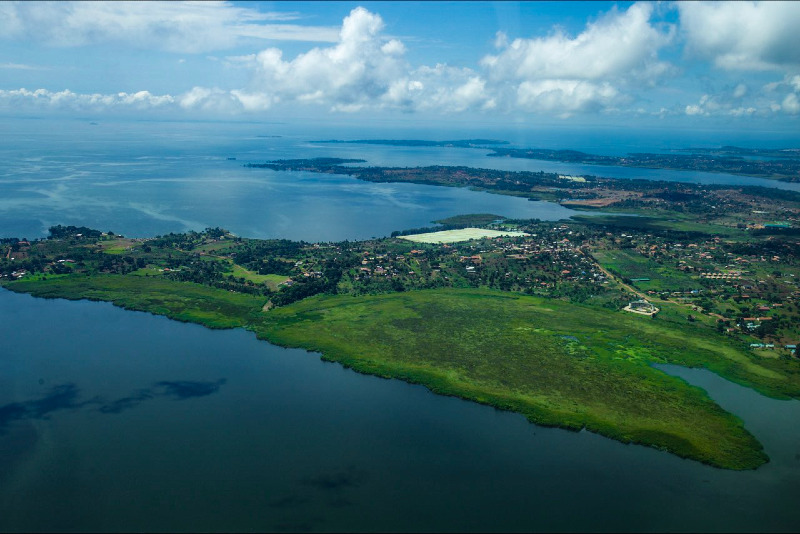

_flatten_crop.jpg)






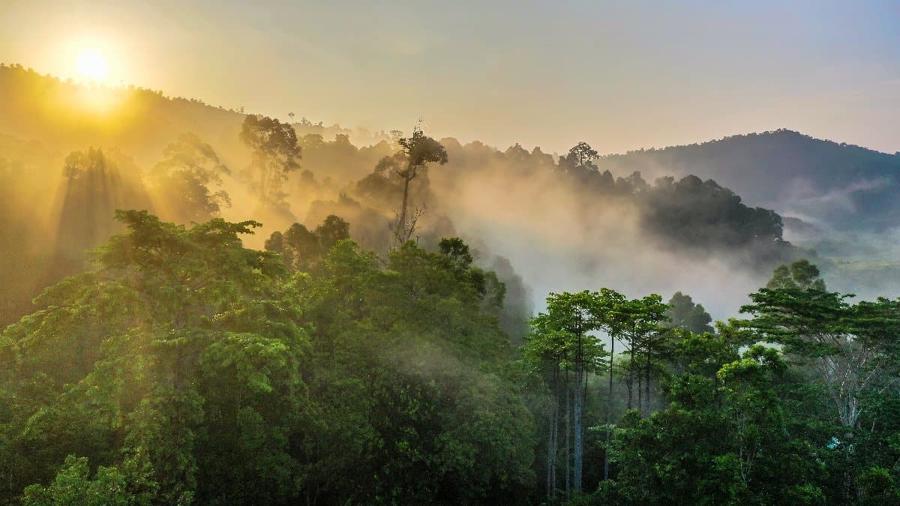
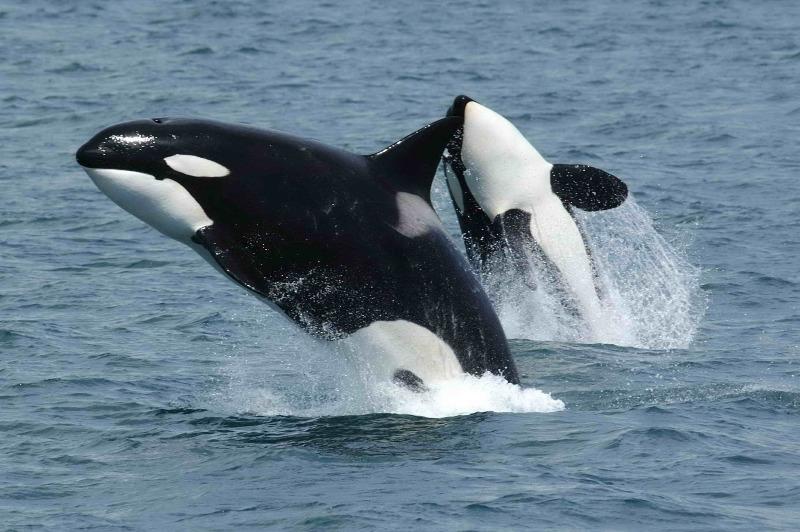
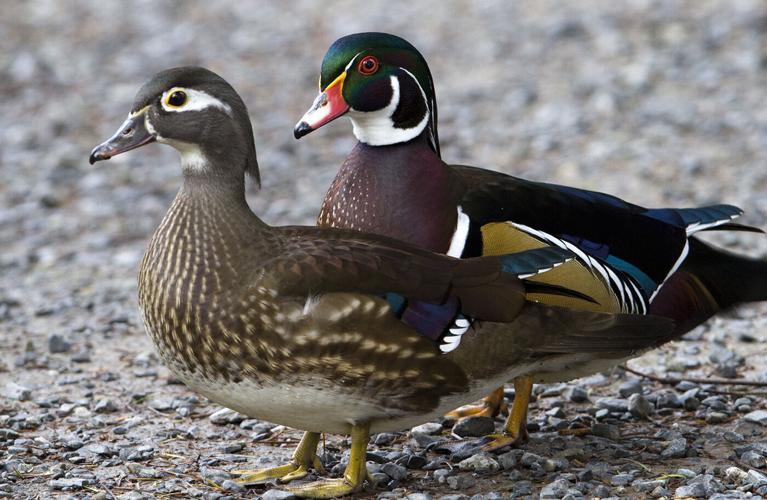


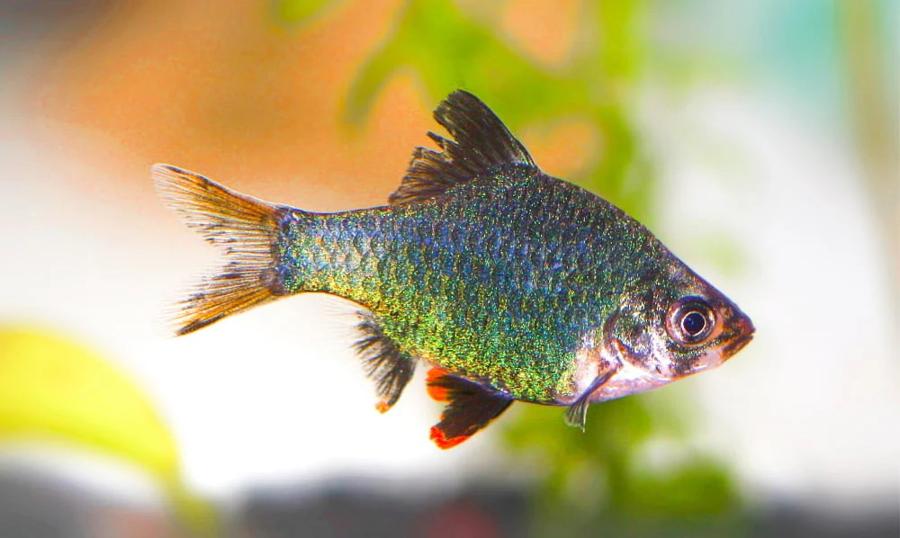















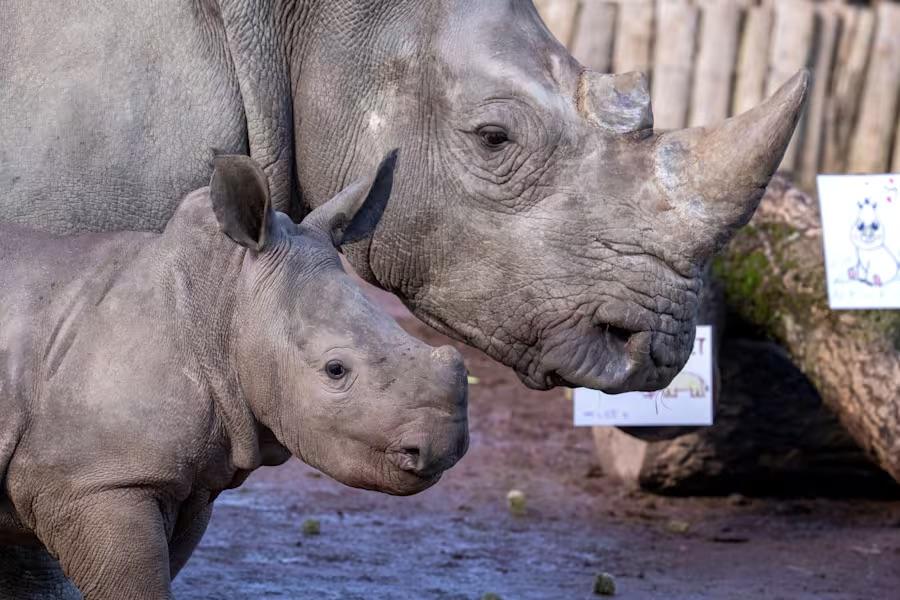
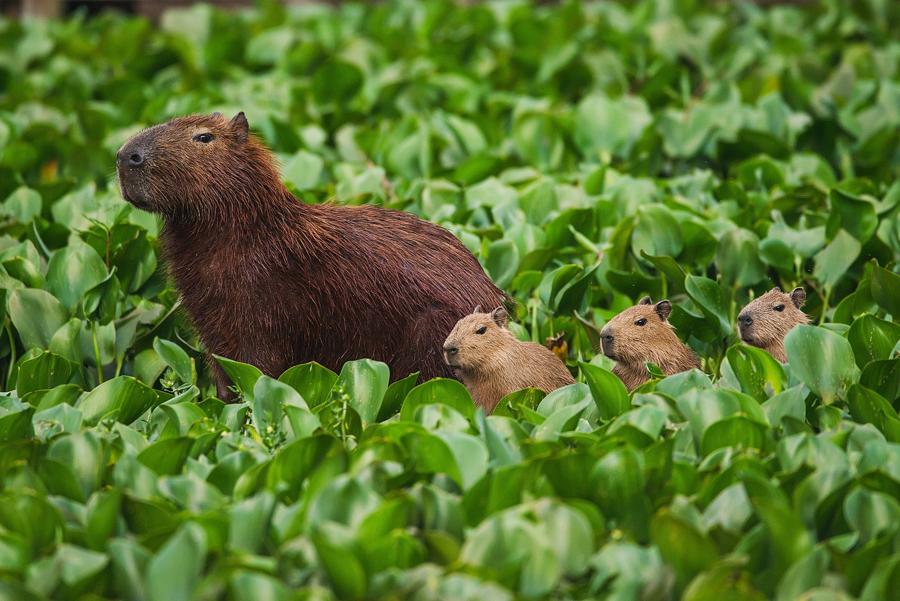





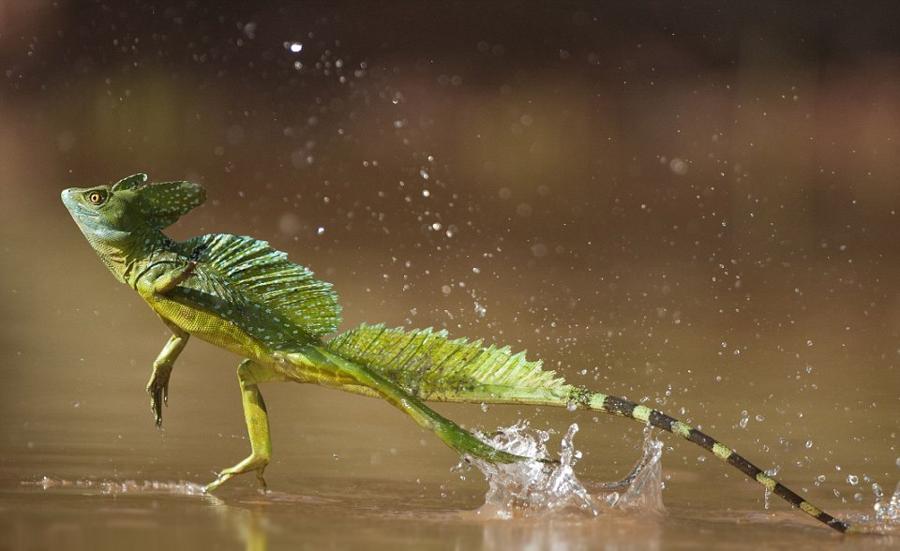













.jpg)






